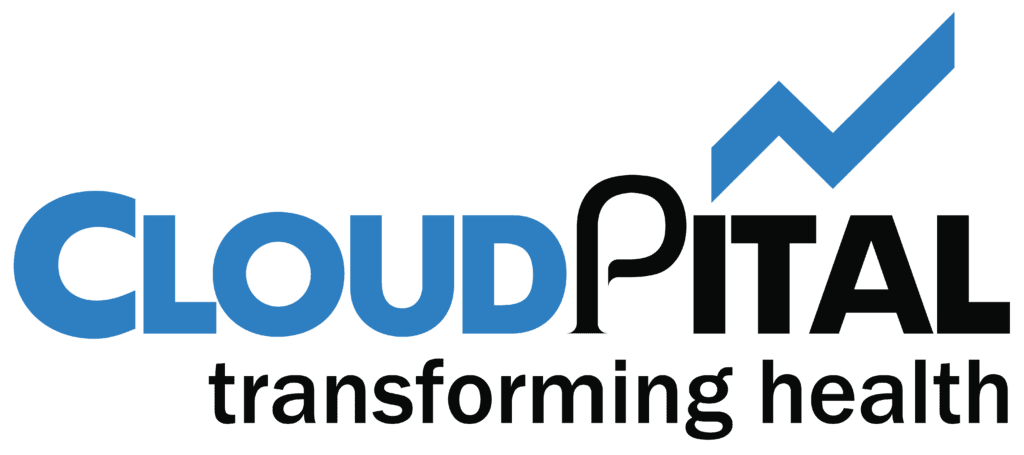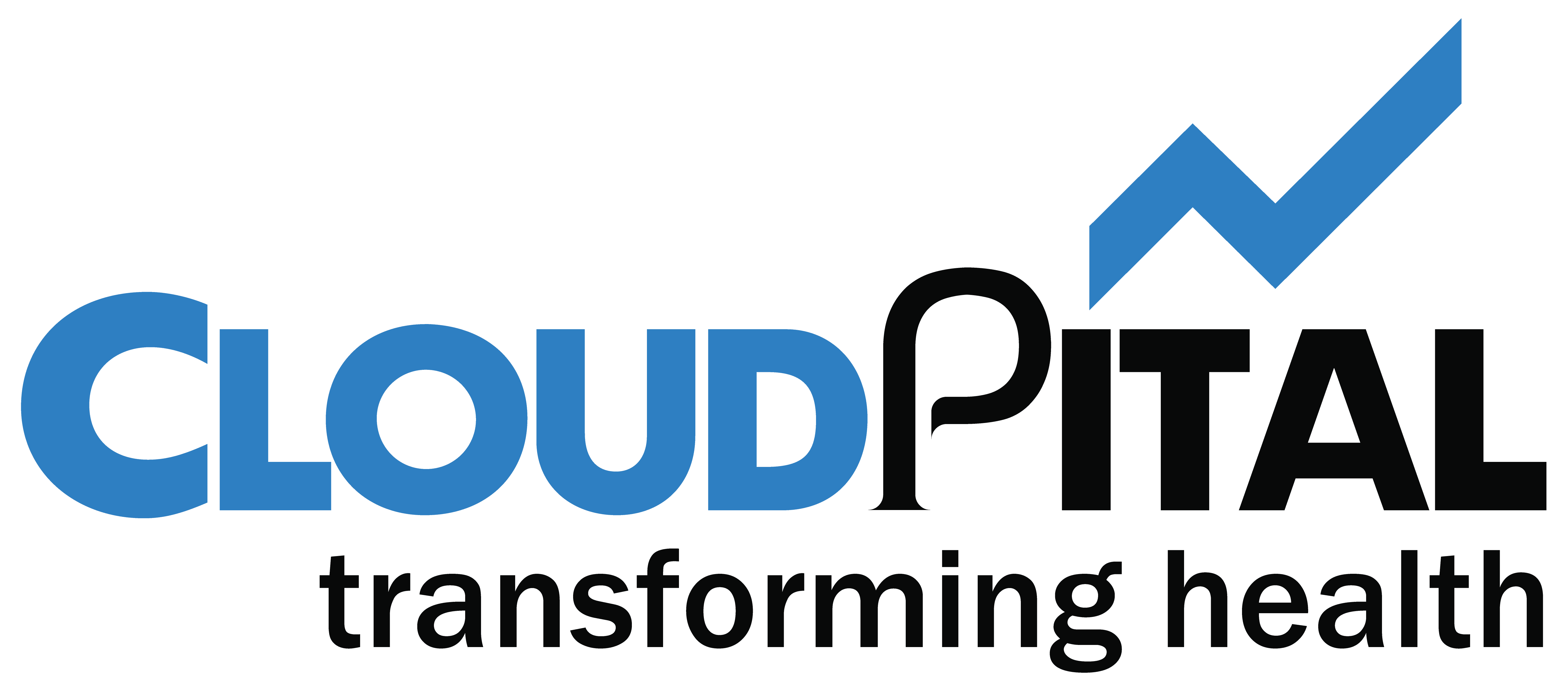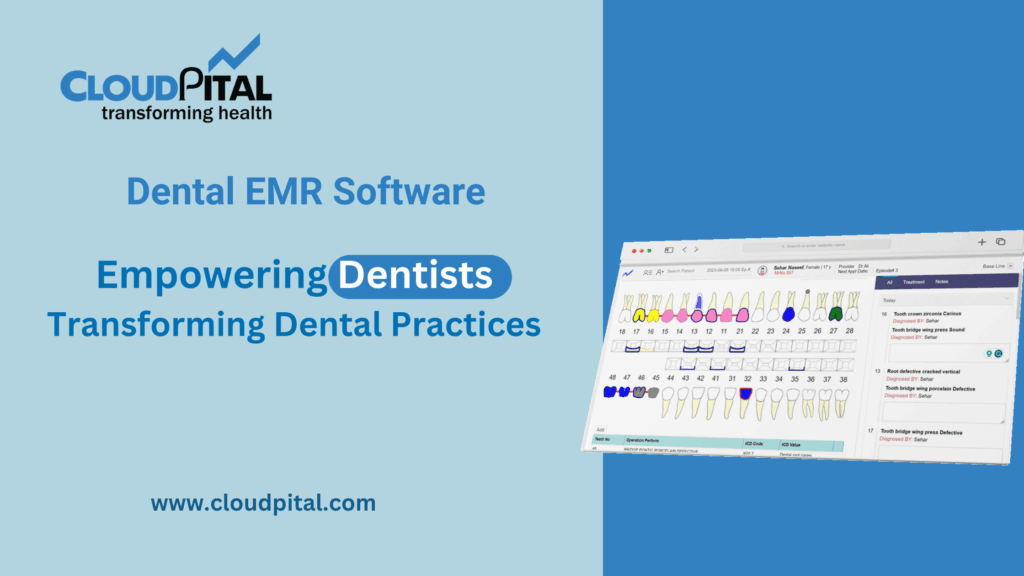Cloudpital # 1 is one of the top Hospital Software in Saudi Arabia It has matured from mere digital filing cabinets to complete, savvy platforms that cover almost every dimension of patient treatment and operational oversight. As medical organizations seek enhanced outcomes, less expense, and improved patient satisfaction, it is essential to be aware of the essential characteristics of contemporary hospital software. This blog delves into the core modules, sophisticated features, and integration tactics that best‑in‑class hospital information systems are built on, demonstrating how each aspect leads to safer, more efficient, and more patient‑focused care.
Click to Start Whatsapp Chatbot with Sales
Mobile: +966547315697
Email: sales@bilytica.com
Cloudpital # 1 Hospital Software in Saudi Arabia

Core Clinical Modules
Electronic Medical Records (EMR/EHR)
At the core of any hospital software is the Hospital Software in Saudi Arabia or Electronic Health Record (EHR) module. This functionality computerizes patient charts, physician notes, vital signs, medication lists, and diagnostic tests into a single, searchable record. Clinicians are able to access current patient information at the point of care—whether at the bedside, in the operating room, or from a remote location using a mobile device—eliminating transcription errors and chart-pull delays. Sub-features include:
Structured Data Entry: Drop‑down lists, check boxes, and pre‑defined documentation templates.
Clinical Decision Support: Real‑time drug interaction warnings, dosage checking, and care pathway guidance according to guidelines.
Audit Trails: Detailed records of who viewed or changed records to maintain accountability and compliance.
Computerized Physician Order Entry (CPOE)
CPOE enables physicians to enter orders—e.g., medications, lab tests, or imaging—directly into the hospital system, avoiding handwritten orders and reducing transcription errors. Integrated decision support alerts potential allergies or contraindications during order entry. Other advantages are:
Order Sets & Protocols: Predefined sets of orders for frequent diagnoses (e.g., chest pain, pneumonia) accelerate workflows and normalize care.
Electronic Signatures: Secure authentication verifies orders as valid and traceable.
Financial and Revenue Cycle Management
Billing & Invoicing
Effective billing and invoicing are critical to hospital financial well-being. Advanced software streamlines charge capture—recording each service rendered—and produces invoices that meet payer-specific requirements. Features commonly include:
Claim Scrubbing: Automated coding error or missing information checks to minimize claim denials.
Automated Remittance Processing: Electronic posting of payments and adjustments, with discrepancy notifications for underpayments.
Insurance Eligibility & Claims Management
Pre-visit eligibility checks confirm a patient’s coverage and out-of-pocket obligations, lowering surprise patient charges and bad debt. Claims management processes manage:
Authorization Tracking: Tracking necessary pre-approvals and notifying staff of expirations.
Denial Analytics: Determining frequent denial causes and facilitating process improvement opportunities.
Operational and Administrative Features
Appointment Scheduling & Patient Flow
Scheduling for optimum appointment slots and patient flow decreases wait times and increases resource utilization. Scheduling modules typically offer:
Online Booking: Patient portals for self-scheduling, cancellation, and reminders by SMS or email.
Waitlist Management: Automated alerts when previous slots become available.
Bed Management & Admission/Discharge
Real-time Hospital Software in Saudi Arabia monitor bed status, cleaning, and staffing to speed up admissions and discharges. Key capabilities include:
Automated Bed Board: Color-coded representations of available, occupied, and blocked beds.
Discharge Planning Tools: Checklists integrated within to fill orders, arrange transport, and book follow-up care.
Lab, Pharmacy & Inventory Control
Smooth integration with lab information systems (LIS) and pharmacy modules provides timely tracking of specimens and medication management. Major features:
Specimen Labeling & Tracking: Barcoded labels and scan‑in/scan‑out procedures minimize specimen misplacement.
Medication Dispensing Alerts: Low‑stock alerts and reorder triggers help keep critical supplies in stock.

Advanced Care Delivery Tools
Telemedicine & Remote Patient Monitoring
Growth of telehealth solutions expands care beyond hospital boundaries. Dental Software in Saudi Arabia platforms facilitate
Secure Video Visits: HIPAA‑compatible virtual visit interfaces, including screen‑sharing of lab results or imaging.
Connected Devices: Wearable sensor and home monitoring device integration for real‑time reporting of vital signs.
Clinical Analytics & Artificial Intelligence
Data‑based insights are transforming hospital operations and patient care. Analytical modules leverage machine learning to:
Predict Patient Deterioration: Early warning scores review trends in vitals and labs, alerting care teams prior to critical events.
Resource Optimization: Forecasting software anticipates bed demand, staffing requirements, and supply usage patterns.
Security, Compliance & Customization
Role‑Based Access Control & Encryption
Multi‑layered security is needed to protect sensitive health information. Efficient modules provide:
Granular Permissions: Access rights based on roles (e.g., nurse versus administrator) and functions (view versus modify).
Data Encryption: Both in transit and at rest, so that records are kept confidential even in case of a breach.
Regulatory Compliance & Audit Support
Built-in regulatory guidelines enable compliance with regulations like HIPAA, GDPR, or domestic healthcare acts. The offerings are:
Policy Management: Policy versions under which regular reviews need to be accomplished via automated reminders.
Automated Reporting: Regulation-mandated and internal audit reports via report templates that come pre-configured for regulatory submission.
Custom Workflows & Multi-Site Support
No hospital runs in two identical ways. Best-in-class software enables:
Template Personalization: Department-local forms, order sets, and discharge instructions configured with customizable aspects.
Scalable Architecture: Centralized data repositories with the ability to add satellite clinics or new wings without performance compromises.
Interoperability & Integration
Standards-Based APIs & Data Exchange
Data silos must be broken down in order to accomplish coordinated care. Strong systems support:
HL7 & FHIR Protocols: Smooth exchange of patient demographics, clinical notes, and diagnostic images between different applications.
IHE Profiles: Integration frameworks that promote consistent workflows for document sharing, ordering, and results reporting.
Health Information Exchange (HIE) Connectivity
Joining regional or national HIEs allows providers to view patient records from other hospitals, labs, or imaging facilities. This promotes:
Continuity of Care: Clinicians view previous diagnoses, medications, and test results—preventing redundant procedures and saving costs.
Public Health Reporting: Automated reporting to registries for disease surveillance, vaccination reporting, and emergency preparedness.
Future Trends and Innovations
Though modern Mobile EHR systems are integrated, the next generation of breakthroughs will focus on hyper‑personalization and decentralization. Future developments include:
Blockchain for Health Records: Unalterable, patient‑owned ledgers that increase data integrity and transferability.
Augmented Reality (AR) in Surgery: Real‑time imaging overlays during surgery to enhance accuracy.
Voice‑Activated Documentation: Natural language processing (NLP) instruments that capture and organize clinical dialogue, releasing clinicians from tedious charting.
Conclusion
Today’s hospital software systems are not just record‑keeping systems; they are dynamic environments that combine clinical, financial, operational, and analytical capabilities to provide safer, more efficient, and more patient‑focused care. From EMR‑based decision support and automated revenue cycle management to telemedicine connectivity and sophisticated AI‑driven insights, every feature is a key player in addressing healthcare’s most critical challenges. As interoperability standards continue to mature and nascent technologies like blockchain and AR become increasingly adopted, hospital software will evolve even further—setting the future course of medicine and enabling care teams to achieve optimal results.
Click to Start Whatsapp Chatbot with Sales
Mobile: +966547315697
Email: sales@bilytica.com
How Does Hospital Software Improve Patient Care? similar software solutions prices were updated on 2025-07-05T23:11:27+00:00 in Saudi Arabia in Mecca, Medina, Riyadh, Khamis Mushait, Yanbu, Jeddah, Dammam, Unaizah, Uqair, Ha’il, Ta if, Al Bahah, Dhahran, King Abdullah Economic City, Najran, Diriyah, Qatif, Khafji, Jubail, Abqaiq, List of Cities and Towns in Saudi Arabia, Ras Tanura, Turubah, Jazan Economic City, Knowledge Economic City, Medina, Khobar, Abha, Tabuk, Saudi Arabia, similar software solutions prices were updated on 2025-07-05T23:11:27+00:00 We also provide in Saudi Arabia services solutions company in Hafar Al-Batin, Udhailiyah, Al-Awamiyah, Hofuf, Hautat Sudair, Buraidah, Tayma, Duba, ‘uyayna, Saihat, Al-Kharj, Al-ula, Jizan, Rumailah, Ar Rass, Arar, Shaybah, Al Majma’ah, Rabigh, Dhurma, Haradh, List of Saudi Cities by Gdp Per Capita, Badr, Sudair Industrial City, Baljurashi, Shaqraa, Al-Khutt, Habala, Ad Dawadimi, Dawadmi, Layla, similar software solutions prices were updated on 2025-07-05T23:11:27+00:00 Price is SAR 100 and this was updated on updated on 2025-07-05T23:11:27+00:00 similar How Does Hospital Software Improve Patient Care? software solutions prices were updated on 2025-07-05T23:11:27+00:00 in Saudi Arabia in Haql, Afif, Al-Abwa, Farasan, Al-Jaroudiya, Thadig, Al-Thuqbah, Al Wajh, Almardmah, Al-Zilfi, Muzahmiyya, Prince Abdul Aziz Bin Mousaed Economic City, Tharmada’a, Skaka, Um Al-Sahek, Sharurah, Tanomah, Bisha, Dahaban, Al Qunfudhah, Qurayyat, Saudi Arabia, Ha’ir, as Sulayyil, Al Lith, Turaif, Al-Gway’iyyah, Samtah, Wadi Ad-Dawasir, Az Zaimah, Safwa City, Jalajil, Harmah, Mastoorah, Hotat Bani Tamim, Jabal Umm Al Ru’us, Rafha, Qaisumah, Al-Ghat, Hajrah, Al-Hareeq. Excerpt: Jeddah (also spelled Jiddah, Jidda, or Jedda; Arabic: Jidda) is a Saudi Arabian city located on the coast of the Red Sea and is the major urban center of western Saudi Arabia similar software solutions prices were updated on 2025-07-05T23:11:27+00:00 Price is SAR 100 and this was updated on updated on 2025-07-05T23:11:27+00:00




